BENEVENTO
The Cloister
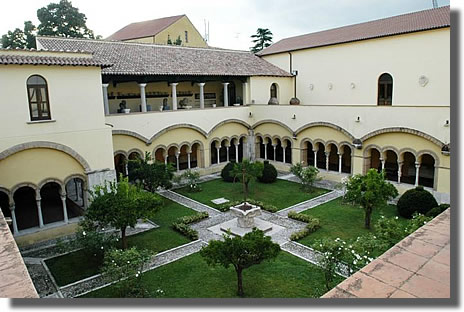 Attached to the Church of Santa Sofia was the Cloister of the women’s Cenoby.
Attached to the Church of Santa Sofia was the Cloister of the women’s Cenoby.
References to the Longobard Cloister, probably destroyed by the earthquake on 25th october 989, are found in some ancient written sources (Leone Ostiense writes of a clastrum where Arechi II went to pray) and in the remains of some decorative sculptural elements (a group of capitals featuring recessed geometric decorations), reutilized in the Cloister which was re-built in the 20th century and now considered one of the most important romanesque monuments in southern Italy.
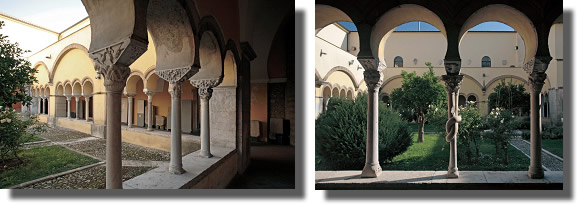
The Cloister is laid out as a four-sided structure, with a recess in the southern corner level with the church. The portico has 15 four-lancet windows and a three-lancet window cut through by a great dead arch, lowered and projecting over shelves. The ambulatory has lowered cross vaulting, at one time decorated with frescoes, a few poorly preserved fragments of which are still visible today, depicting geometric floral patterns, possibly from the 13th century. The rounded arches of the four-lancet windows (known as horse-shoe arches) illustrate the Iberian-Islamic influences which would have penetrated the Benevento area after the Norman invasion.

The sculptures on the capitals illustrate a reworking of the classical repertoire of late antiquity popular during the Early Middle Ages. An inscription carved into the middle of a small column has identified the abbot of Santa Sofia, John IV, as having commissioned the cloister, and allowed scholars to date its construction somewhere between the years 1159 and 1182.
Since 1964, the Cloister and its adjoining convent buildings have housed the Museo del Sannio where a wealth of archaeological and historic-artistic exhibits are on display, most importantly the group of Egyptian and Egypt-inspired finds from the temple of Isis, extended and rendered more monumental by Domitian emperor in 88 A.C., and representing the most significant discovery of its kind ever to have been made outside of Egypt.
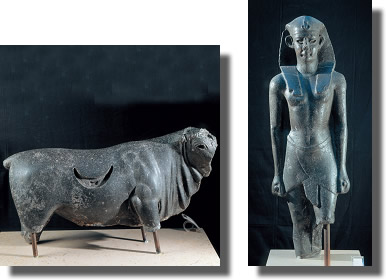
Egyptian sculptures from the Roman Iseum,
housed in the exhibition of the Museo del Sannio
The Museum also houses an interesting section devoted to roman necropolises, including a series of funeral shrines and statues coming from city cemeteries, especially from the wealthy mausoleums situated along the Via Appia, and a section devoted to the Longobards, featuring a series of epigraphs, tomb fittings and avaluable collection of medals which run from the first coins minted by Romualdo II (706 – 731) to those commemorating the inclusion of the Duchy of Capua.
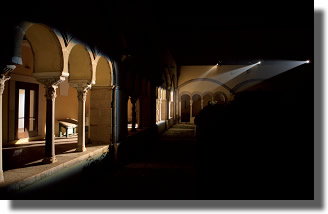
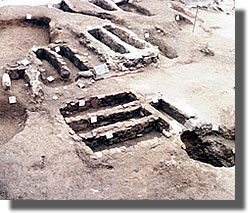
Longobard graves excavated in the Cloister
An artistic lighting system has recently been set up to promote the Cloister. This project, named “Benevento, City of Light” includes a series of guided tours in which an unseen actor’s voice illustrates the stories told by the capitals and, gradually the visitor’s route is lit up. The Museum is currently being re-fitted in order to house finds from the burial sites excavated both in the cloister and Church of Santa Sofia.


